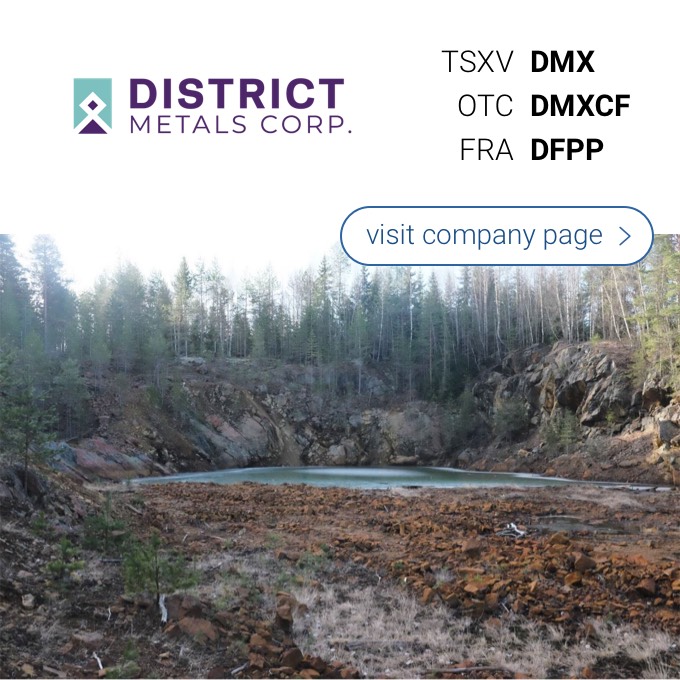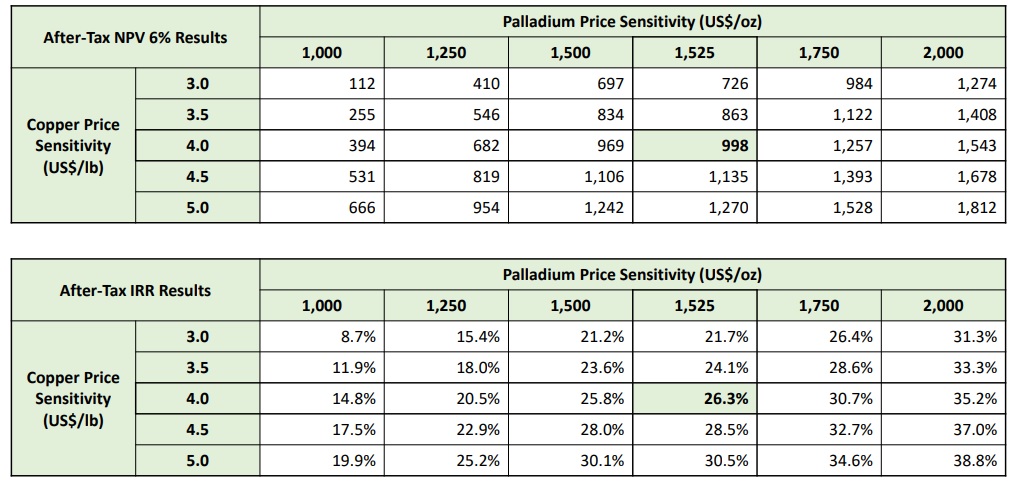
Generation Mining (GENM.TO) has released the outcome of an optimization study on its flagship Marathon PGM project in Ontario. While nothing was tweaked on the throughput front, but the company brought some of the anticipated production forward by focusing on mining areas with a lower anticipated strip ratio. As the table below shows, the total amount of tonnes mined in the first three years of the mine life (and the pre-production period) has dropped by 35% due to the lower strip ratio which fell from 2.9 to 1.8.
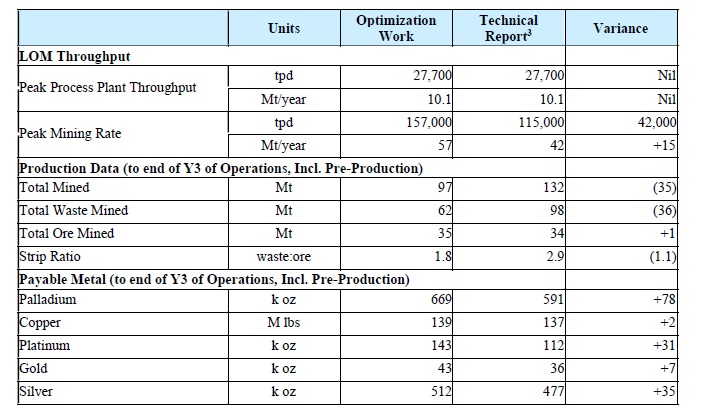
Of course the additional tonnes will have to be mined anyway later in the mine life, but those additional expenses are then discounted by a higher factor. Additionally, as the table above shows, some of the metal production was brought forward, resulting in a 78,000 ounce palladium production increase in the first three years of the mine life. Elsewhere the increases are less outspoken with increases of just 2% and 7% for the copper and gold respectively, while the platinum production would increase by approximately 31,000 ounces. The combination of deferring waste stripping and bringing forward some of the production has a positive impact of C$190M.
On top of that, the initial capex was reduced by C$89M due to the incorporation of several different elements, shown below.
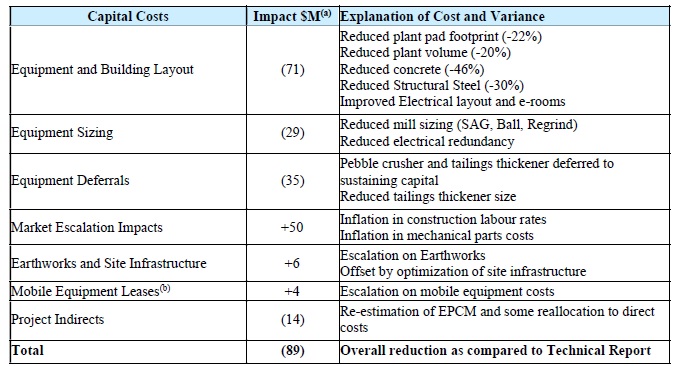
All these improvements helped to boost the NPV and IRR. On an after-tax basis, the NPV6% now comes in at C$998M compared to the C$935M used in the feasibility study (using the lower prices that are included in the optimization study). This boosts the after-tax IRR from 22.2% to 26.3% and reduces the payback from 2.9 years to 2.1 years.
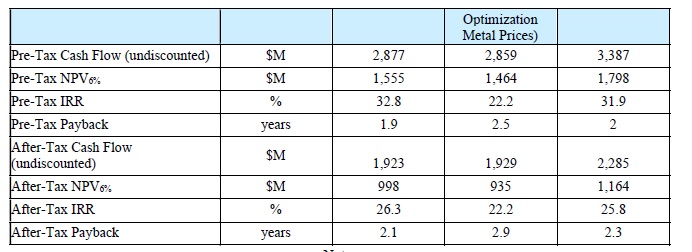
As shown above, the optimization study used a palladium price of $1525 per ounce and although that’s already quite a bit lower than the $1800/oz base case scenario in the official feasibility study, it’s still substantially higher than the current spot price of $939 per ounce. Some of the other metal prices increased as well but $24 silver and $2000 gold aren’t really outrageous while $4 copper seems to be generally accepted these days.
The optimization study clearly is an improvement from the feasibility study but the bottom line is still the same: the project will need a higher palladium price before any serious efforts to develop the mine could be entertained.
Disclosure: The author has a long position in Generation Mining. Generation was a sponsor of the website in the past twelve months. Please read the disclaimer.
